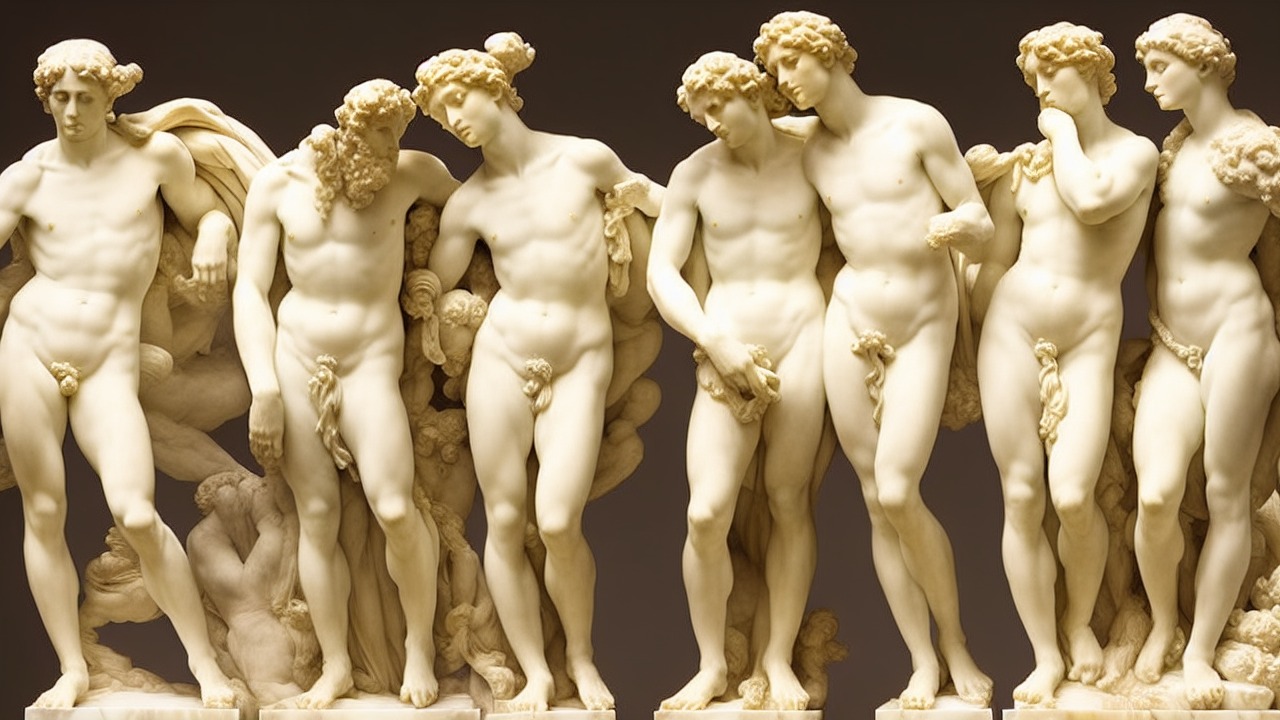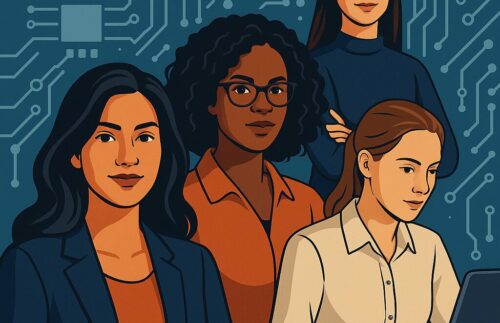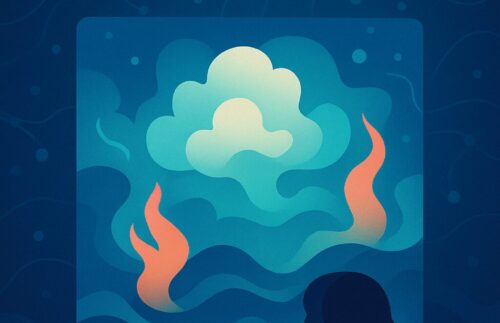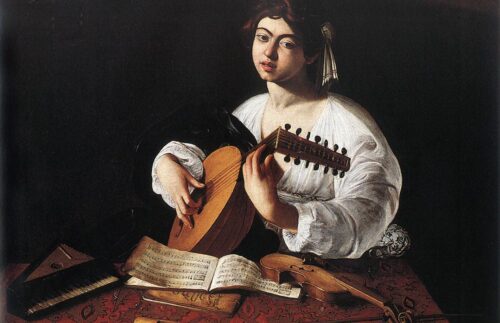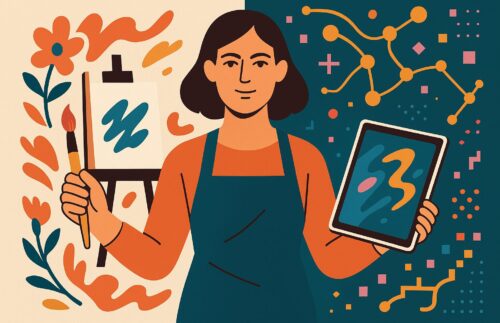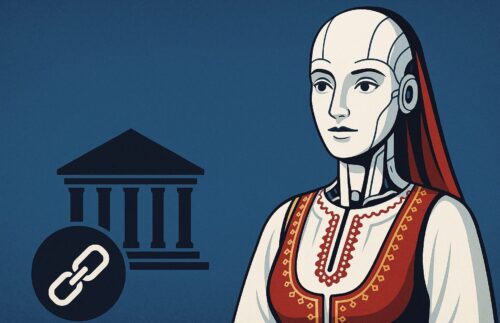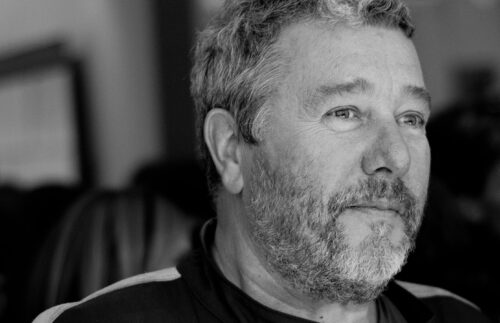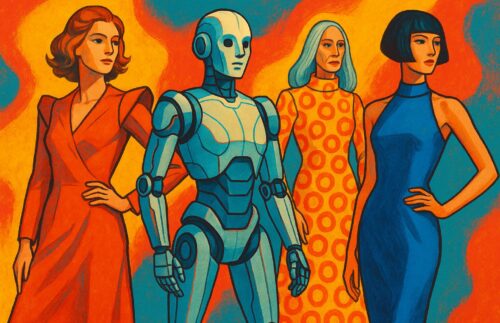A groundbreaking collaboration between five legendary sculptors, including Michelangelo, Rodin, and Takamura, has resulted in an extraordinary achievement—the creation of an AI-designed sculpture called “the Impossible Statue” currently exhibited in a Swedish museum. “This remarkable statue is the product of five masters who, in reality, would never have had the chance to collaborate," stated Pauliina Lunde, spokesperson for Sandvik, a Swedish machine engineering group that employed three AI software programs to bring this artwork to life. Challenging conventional notions of creativity and art, the stainless steel statue portrays an androgynous figure, with its lower half draped in fabric, cradling a bronze globe in one hand.
Displayed at the National Museum of Science and Technology in Stockholm, the sculpture stands at 150 centimeters (4 feet 11 inches) tall and weighs 500 kilograms (1,100 pounds).
The objective was to amalgamate the distinctive styles of five renowned sculptors, each of whom made a profound impact during their respective eras: Michelangelo (Italy, 1475-1564), Auguste Rodin (France, 1840-1917), Kathe Kollwitz (Germany, 1867-1945), Kotaro Takamura (Japan, 1883-1956), and Augusta Savage (US, 1892-1962).
Julia Olderius, responsible for concept development at the museum,
expressed, “There’s something about this sculpture that makes me
feel as though it was not created by a human being” highlighting the
awe-inspiring nature of the artwork.
Sandvik’s engineers trained the AI by inputting a vast collection of images showcasing sculptures crafted by these five artists. Subsequently, the software generated various 2D images that it believed captured the essence of each artist.
“In the end, we obtained 2D images of the sculpture, where we could
discern the influence of each master. These 2D images were then
transformed into a 3D model” explained Olderius.
The debate surrounding whether this creation constitutes art or
technological prowess persists.
“I don’t believe art can be strictly defined. It is subjective, left to each
individual to perceive and decide what is art and what is not”
asserted Olderius.
Amidst the discourse regarding the role of AI in the art world,
Olderius expressed her optimism, saying, “I don’t think we should
fear what AI is doing to creativity, concepts, or art and design. We
simply need to adapt to a new future where technology becomes an
integral part of our creative processes.”
